Feeding Calla Lilies : How To Fertilize Calla Lily Plants


Few flowers have the elegance and simplicity of the calla lily. While not a true lily, callas are an integral part of weddings and funerals alike, their classic flowers representing love and devotion. Callas can get waist high and need plenty of water and a high phosphorus fertilizer. Fertilizing calla lily plants not only enhances overall health but promotes more and bigger blooms. Calla lily fertilization should also be done at planting.
Calla Lily Feeding at Planting
Feeding calla lily plants at planting and again each spring can help promote huge blooms with more flower production. Avoid high nitrogen feeds that will encourage foliar development but reduces flowers. These South African natives are heavy water users and require plenty of the right kind of nutrients for maximum flowering and healthy growth. Some tips on how to fertilize calla lily will ensure beautiful flowers and erect, vigorous plants. Calla lilies grow from tubers. Just like bulbs and corms, these are underground storage organs that contain all the material the plant needs to produce leaves, stems, and flowers. The tubers need to be plump, free of blemishes, and injury. Inspect your tubers every year if you have to lift them and overwinter tubers indoors. When you are ready to plant them in spring, prepare a well-draining garden bed or plant them in a container with good potting mix. Incorporate well-rotted compost, bone meal, or cow manure into the soil to begin a gradual feeding process. You may also want to give the tuber a bi-weekly diluted fish emulsion to stimulate growth. Remember, feeding calla lily plants is only part of the equation. These are water lovers and must never be allowed to dry out.
How to Fertilize Calla Lily Annually
In southern climates, calla tubers can remain in the ground and will produce foliage year-round. In northern climes, these tender tubers should be lifted and stored indoors in a cool, dry location until spring or all danger of frost has passed. Plants that remain in the soil benefit from mulch over their root zone. This will slowly compost into the soil, enriching it while it also conserves moisture. For an annual calla lily feeding, use an organic product or a time release blend. These deliver nutrients at a slow rate which the plant can easily uptake. You can also incorporate bone meal around the root zone to add phosphorus which enhances blooming. A high phosphorus formula may be used in spring for calla lily fertilization, but keep in mind this only delivers a high dose of one macro-nutrient and the plant will need a balanced feeding for overall health.
Other Calla Lily Nutrient Needs
Calcium is another crucial nutrient for calla lilies. It may be necessary to perform a soil test to determine if your garden soil has adequate calcium in it. For natural sources of calcium, the bone meal also works, as do eggshells. You may incorporate gypsum or lime to the soil as well before planting the tubers. This should be done at least six months prior to installing the tubers, so it takes a little pre-planning. The plant needs nitrogen too, but avoid high nitrogen formulas which promote leaf and stem formation. Instead, use good compost which has a balance of nitrogen and carbon. This natural, slow release product will feed the tubers for a year as it gradually works into the soil.
Gardening tips, videos, info and more delivered right to your inbox!
Sign up for the Gardening Know How newsletter today and receive a free copy of our e-book "How to Grow Delicious Tomatoes".

Bonnie Grant is a professional landscaper with a Certification in Urban Gardening. She has been gardening and writing for 15 years. A former professional chef, she has a passion for edible landscaping.
-
 Looking For Plants To Give You The Soft And Fuzzies? Try These 5 Fuzzy Leaf Plant Options
Looking For Plants To Give You The Soft And Fuzzies? Try These 5 Fuzzy Leaf Plant OptionsLovers of texture, drama, silver foliage and tactile plants will adore these special sensory garden additions. These fuzzy leaf plant options will leave you all aglow
By Susan Albert
-
 Get Ready For A Summer Of Hummers! Grow These Full Sun Hummingbird Plants and Flowers
Get Ready For A Summer Of Hummers! Grow These Full Sun Hummingbird Plants and FlowersIf you’re lucky enough to enjoy a sunny backyard, make sure you are maxing out on your pollinator opportunities and grow these full sun hummingbird plants and flowers
By Tonya Barnett
-
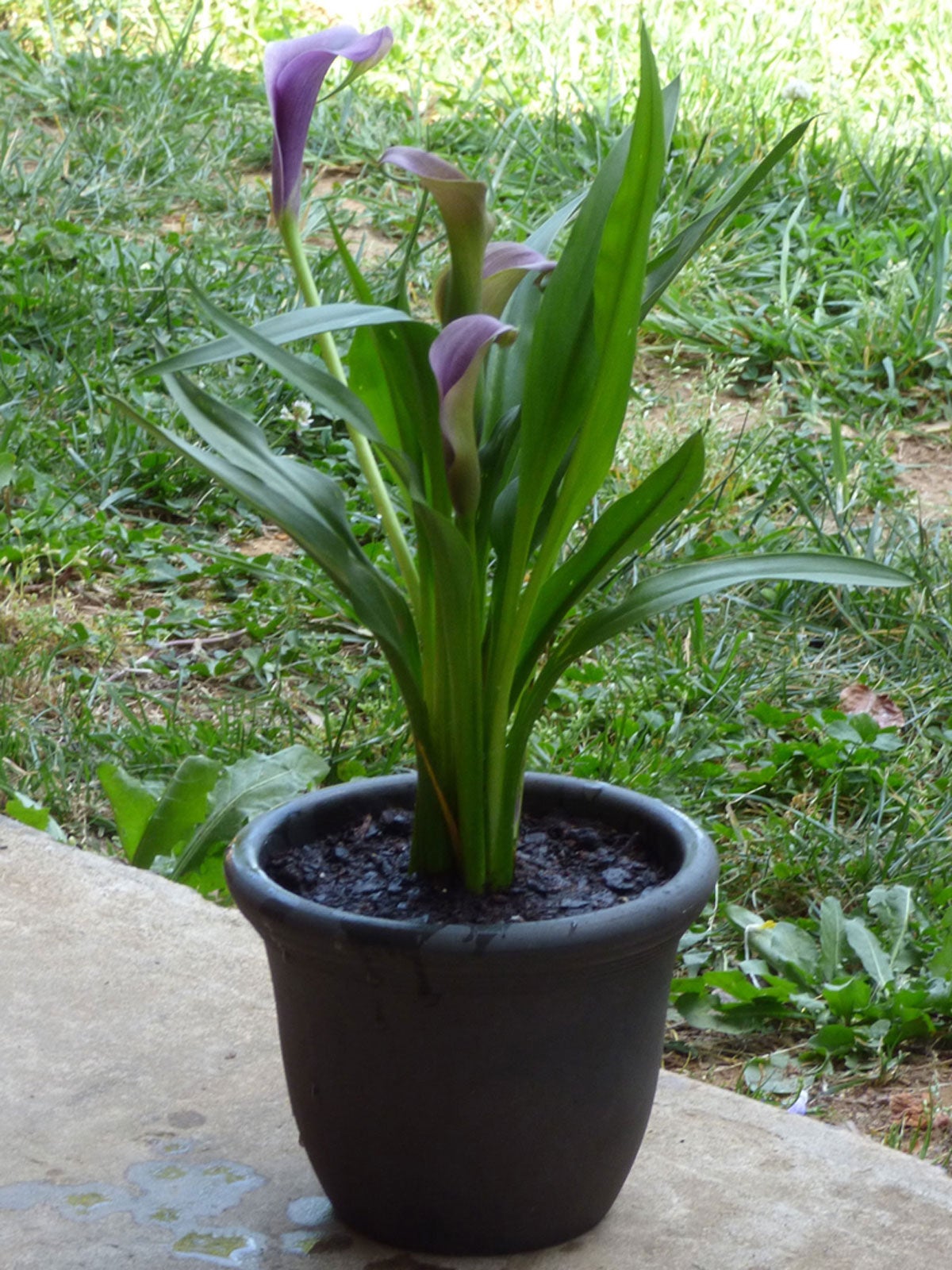 Planting A Calla Lily In A Pot: Care Of Container Grown Calla Lilies
Planting A Calla Lily In A Pot: Care Of Container Grown Calla LiliesCalla lilies are hardy in zones of 8-11 - but may survive zone 7 with protection. They also bloom primarily in summer. Because of bloom time and plant hardiness, many gardeners find it easier to grow potted calla lily plants. Click this article to learn more.
By Darcy Larum
-
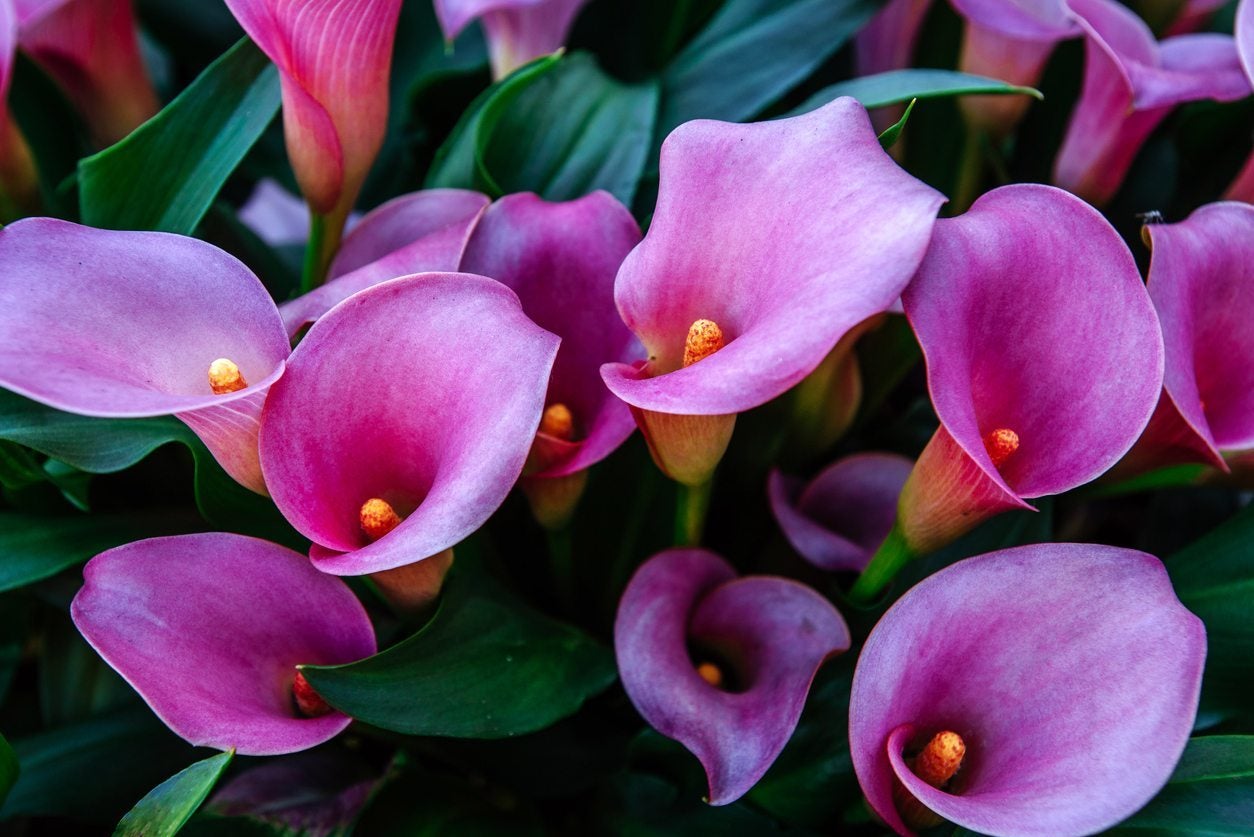 Calla Lily Hardiness: Will Calla Lilies Come Back In Spring
Calla Lily Hardiness: Will Calla Lilies Come Back In SpringCalla lily is a top choice for gifts and if you find yourself having been gifted one, you may be wondering what to do with it next. Is keeping callas year round possible or is it a one-time beauty? Let us help you figure it out. Click this article to learn more.
By Mary Ellen Ellis
-
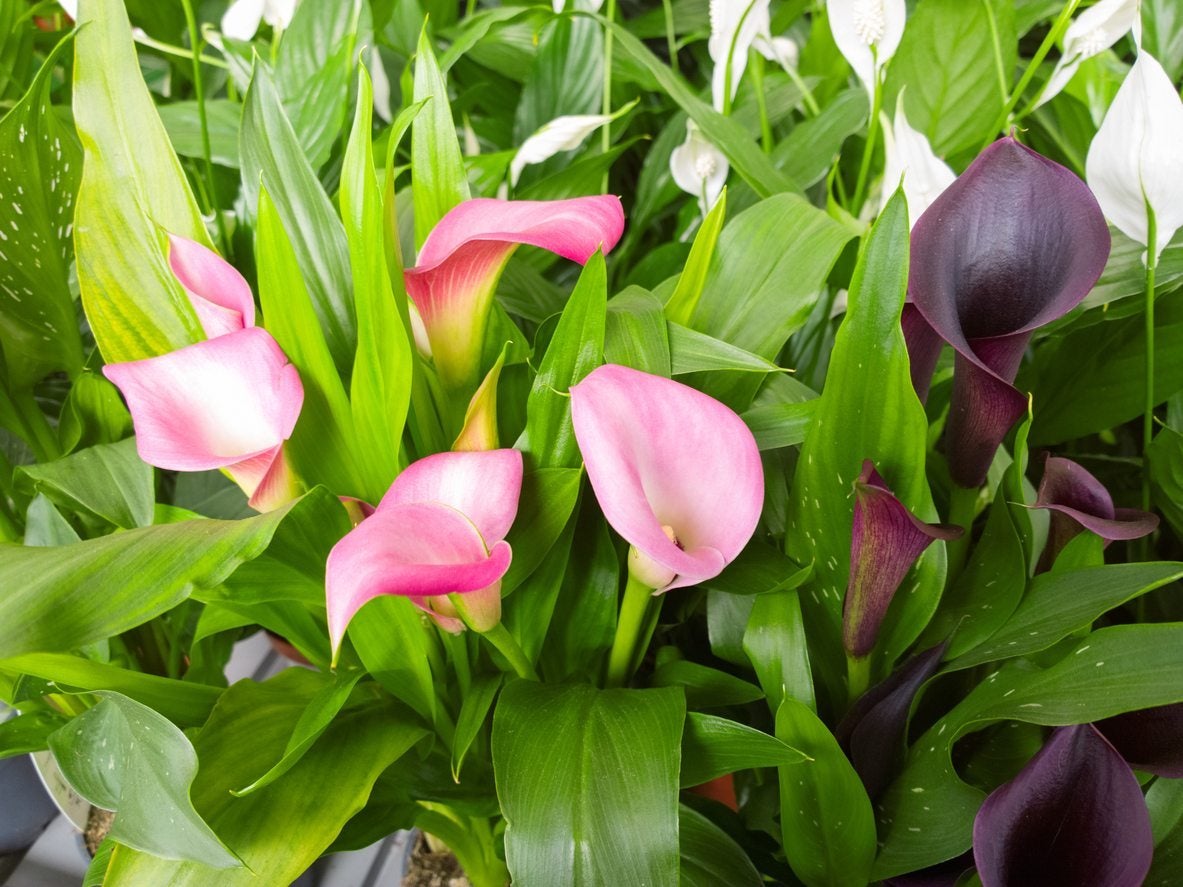 Calla Lily Varieties – Information About Different Calla Lily Plants
Calla Lily Varieties – Information About Different Calla Lily PlantsCalla lily plants produce classically beautiful flowers, prized for their elegant, trumpet-like shape. The white calla lily is one of the most well-known and popular varieties, but if you're a fan, check out the many other colorful options. This article will help.
By Mary Ellen Ellis
-
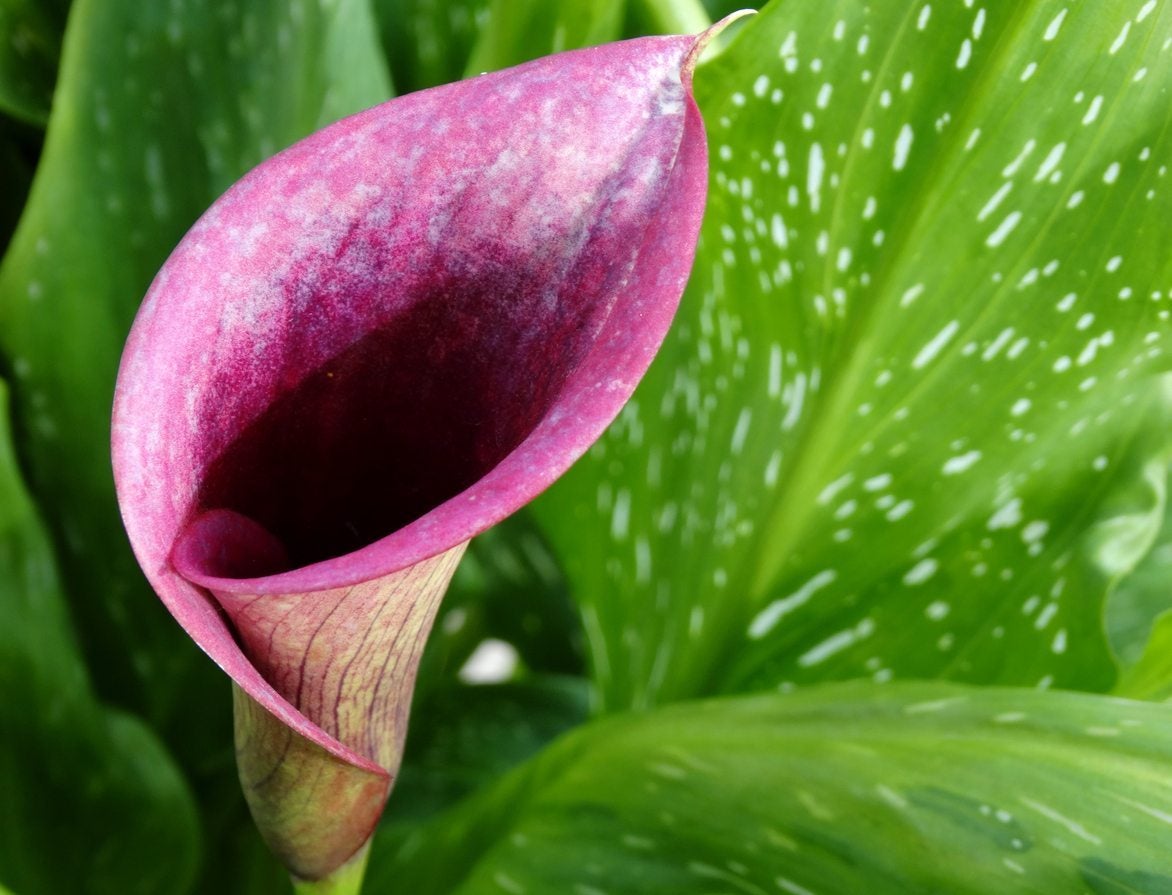 Calla Lily Watering: How Much Water Do Calla Lilies Need
Calla Lily Watering: How Much Water Do Calla Lilies NeedWhile calla lily is a relatively low-maintenance plant, it won't tolerate excessively dry conditions or soggy, poorly drained soil. You can learn more about calla lily water requirements in this article. Click here for additional information.
By Mary H. Dyer
-
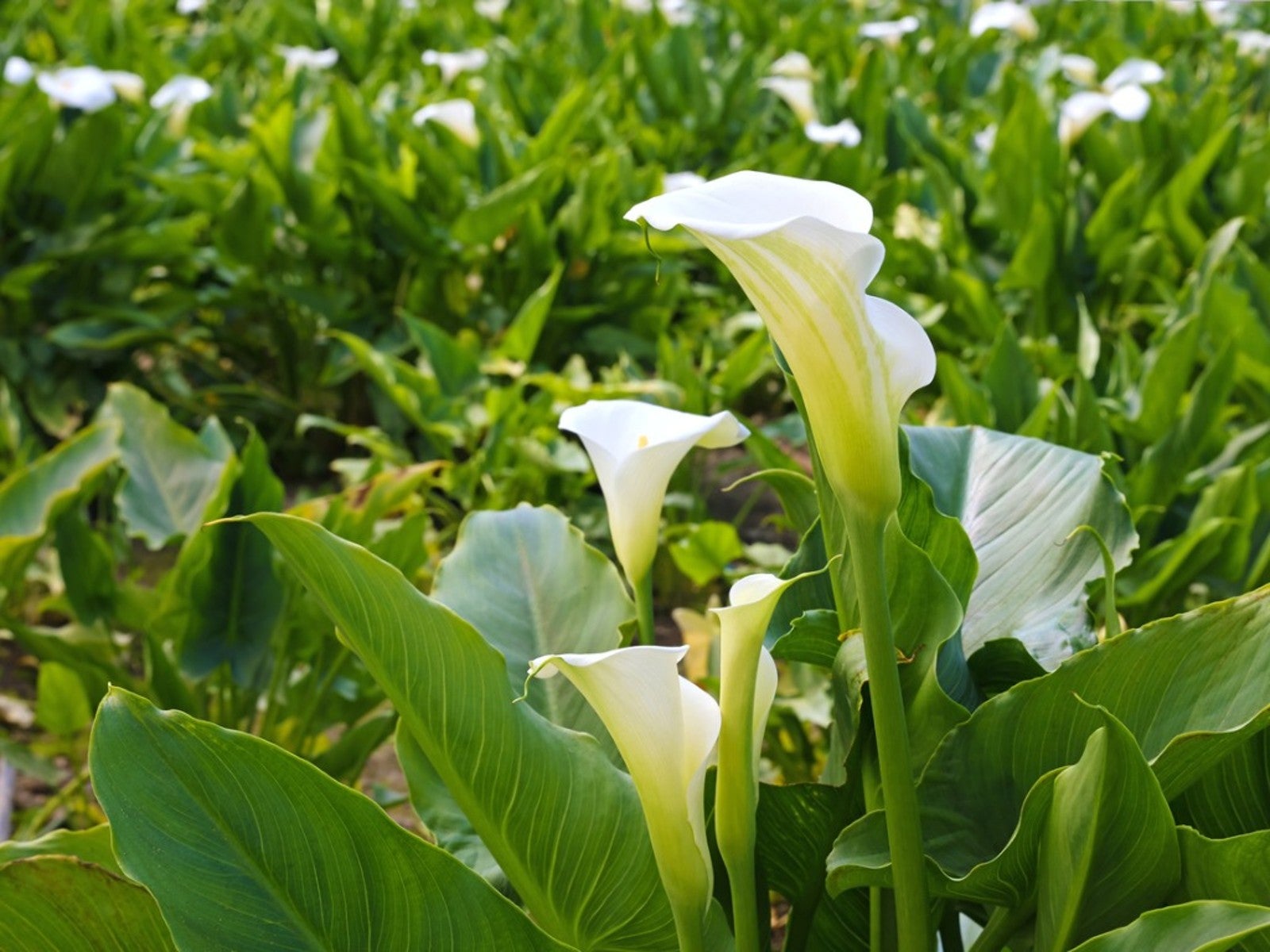 Calla Buds Not Blooming – Reasons Why Calla Lily Buds Don’t Open
Calla Buds Not Blooming – Reasons Why Calla Lily Buds Don’t OpenGetting buds to open on callas is not typically difficult, but there may be a few easy-fix problems going on with your plant. Tweaking one or two things should help you get your blooms back. This article will help with that.
By Mary Ellen Ellis
-
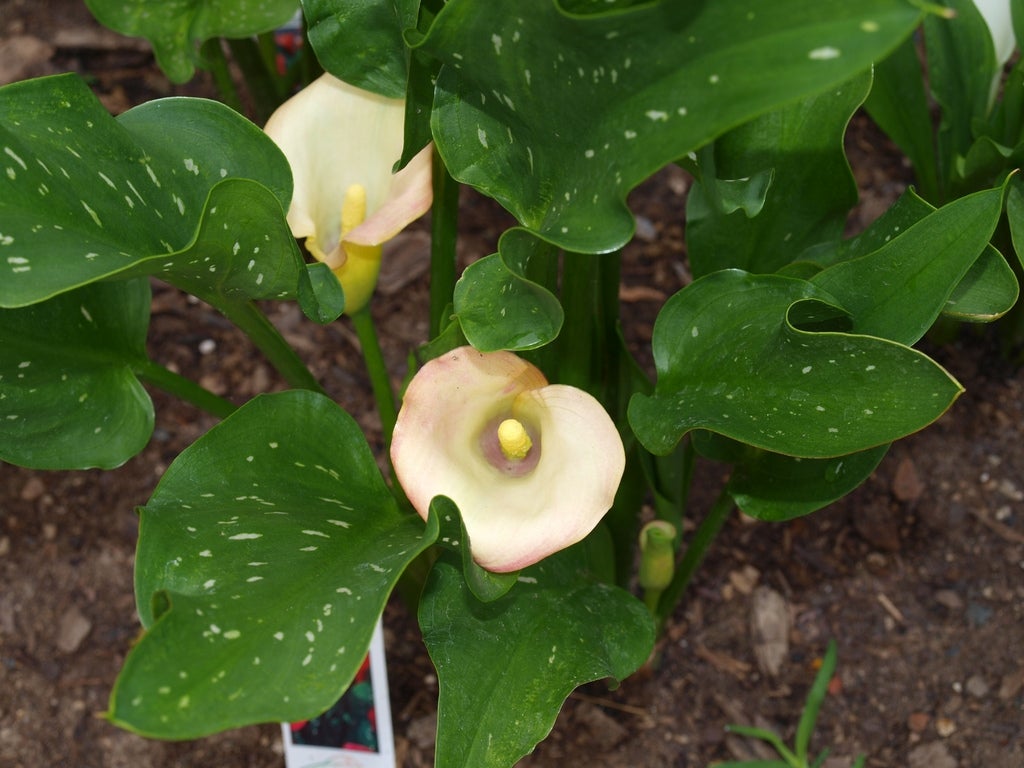 Transplanting Calla Lilies: How To Transplant Calla Lilies Outside
Transplanting Calla Lilies: How To Transplant Calla Lilies OutsideWith their handsome, tropical foliage and dramatic flowers, calla lilies add a hint of mystery and elegance to the garden. This article tells you how to transplant calla lilies outside or into pots for indoor or outdoor culture.
By Jackie Carroll
-
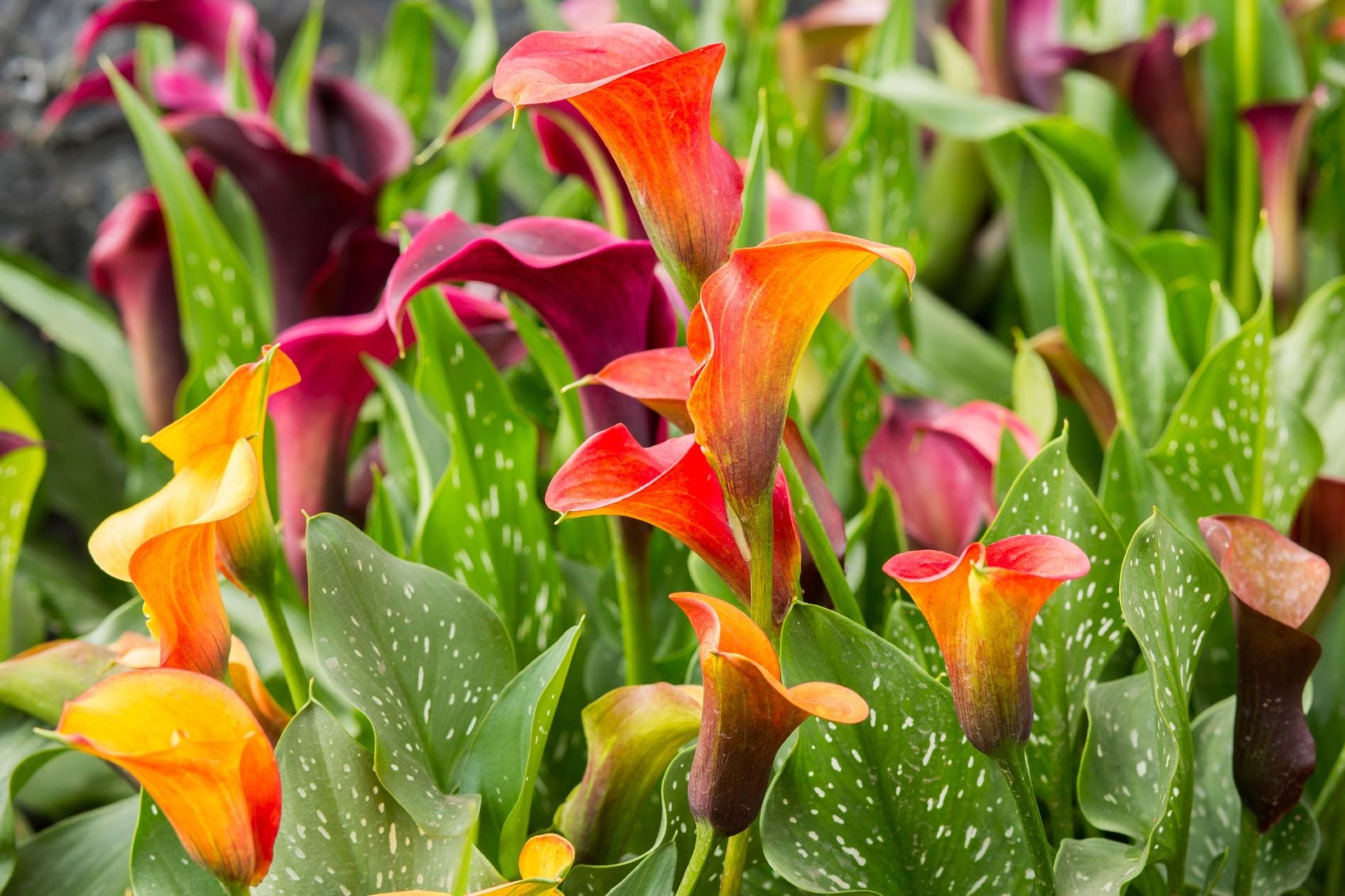 Dividing Calla Lilies - How And When To Divide Callas
Dividing Calla Lilies - How And When To Divide CallasCalla lilies are handsome enough to grow for their foliage alone, but when the bold, single-petaled flowers unfurl, they are sure to attract attention. Learn how to divide these dramatic, tropical plants in this article.
By Jackie Carroll
-
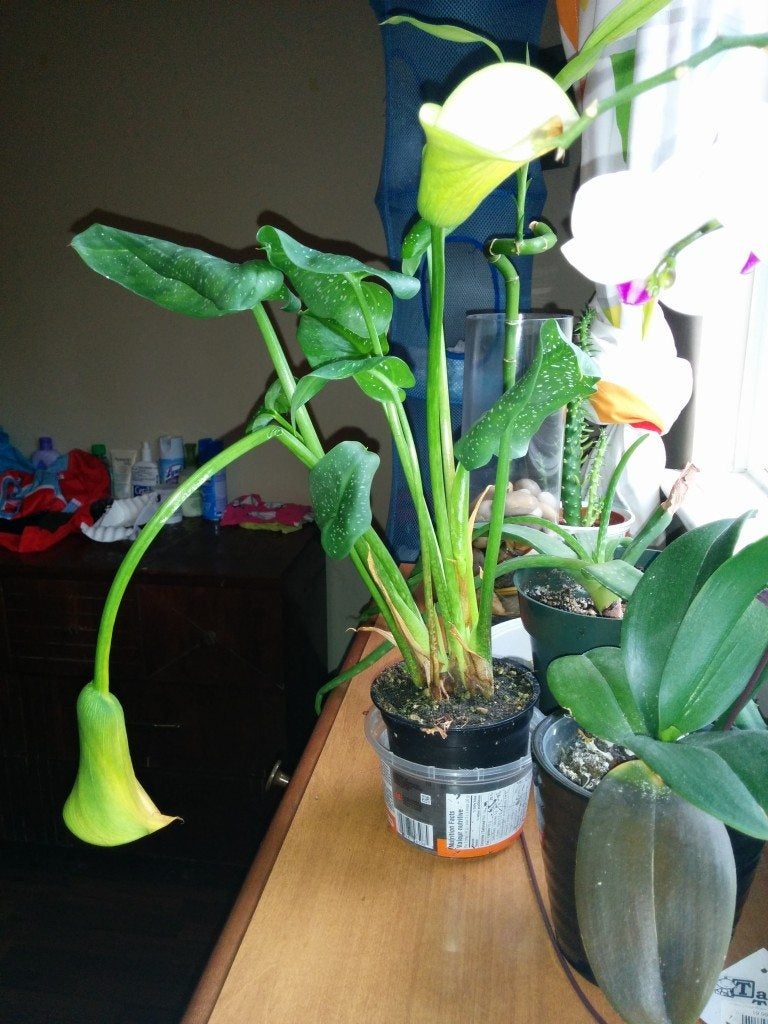 Calla Lily Problems: Reasons Why My Calla Lily Is Drooping
Calla Lily Problems: Reasons Why My Calla Lily Is DroopingCommon growing problems can cause the heavy calla lily flower to droop. Want to know how to fix calla lily flower droop? Information about drooping calla lilies can be found in this article.
By Bonnie L. Grant